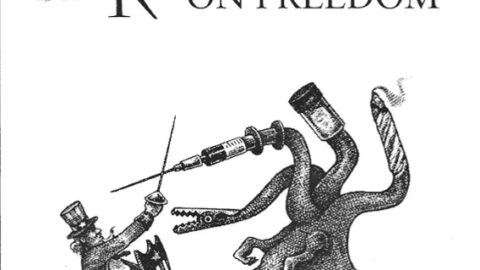“We cannot think of being acceptable to others until we have first proven acceptable to ourselves.” – Malcolm X
In Season 1, Episode 10 of Star Wars Rebels, “Path of the Jedi,” the viewer witnesses more than a rite of passage—it is a therapeutic journey through trauma, fear, and self-identity. Ezra Bridger, a 14-year-old orphan shaped by loss, chaos, and survival, walks into a Jedi Temple not only as a Padawan but as a wounded boy seeking healing. What unfolds is not just Force mysticism; it’s a psychological mirror of real-world trauma recovery and spiritual rebirth.
Trauma and the Limbic Loop
Ezra’s background—an orphan surviving under an oppressive Empire—mirrors the profiles of many youth suffering from Adverse Childhood Experiences (ACEs). As explained in “Rewiring the Wounded Brain,” traumatic events in early life wire the limbic system—the emotional and survival center of the brain—to be in a constant state of fear. This state blocks access to the prefrontal cortex, the center of logic, reasoning, and moral reasoning.
When a person is trapped in what we’ve called the “Limbic Loop,” fear becomes the dominant lens. Emotions are no longer momentary signals but entire realities. Opinion becomes mistaken for fact, and survival mechanisms masquerade as truth. Ezra enters the Temple carrying this exact weight—his unresolved grief, fear of abandonment, and a yearning for belonging cloud his inner clarity.
The Temple as the Cave: Joseph Campbell and the Hero’s Journey
Joseph Campbell’s monomyth, the Hero’s Journey, lays out a timeless pattern: the Call to Adventure, the Refusal, the Meeting with the Mentor, the Descent into the Cave, and the Return with the Elixir. In this episode, Ezra enacts this sacred journey.
The Jedi Temple functions as Campbell’s “cave”—a symbolic and literal descent into the self. Here, illusions are not deceptions but initiations. Ezra faces what he fears most: rejection, isolation, the death of his mentor, and his own perceived unworthiness. These are not merely trials of the Force; they are psychological archetypes manifesting in narrative form.
His mentor Kanan, mirroring the archetype of the “Wounded Mentor,” must also confront his own fears—his doubts in himself, his insecurities as a teacher, and his failure to fully accept the mantle of Jedi Master. Like all true mentors, Kanan cannot walk the cave with Ezra. He must let the young hero walk alone.
Emotional Integration and the Transformation of Identity
Ezra’s internal demons—manifested through illusions—test the core of his identity. Is he just a scared orphan, fated to survive alone? Or can he become something greater? In trauma theory, this moment aligns with what therapists call experiential rewiring. Ezra cannot think or talk his way out of trauma. He must feel his way through it, face the wound, and reclaim authorship of his own story.
His confrontation with the Inquisitor (a fear-based projection) symbolizes the ego’s death grip on old survival narratives. When Ezra states, “I’m afraid of letting down my master… of being alone again,” he names his wounds aloud—an essential step in healing. And when he chooses to keep fighting, not out of hate or revenge but love and loyalty, he takes his first step from the limbic loop into conscious action.
Receiving the Crystal: Symbol of Internal Shift
The kyber crystal is more than a component for a lightsaber—it is a sacred metaphor. In Jedi lore, the crystal attunes itself to the one who finds it. In psychological terms, the crystal represents integration—the moment when pain no longer defines us, but becomes a source of purpose. Ezra’s discovery is not a reward. It’s a revelation: that he is no longer just a survivor. He is a healer, a protector, a Jedi-in-becoming.
As Ezra exits the Temple, he is “the same but different.” He hasn’t been erased or perfected—he has grown. Just like in Campbell’s myth, he returns from the cave with an elixir—not just a lightsaber crystal, but inner clarity.
Repetition of the Journey: Infinite Caves
Ezra’s transformation is not final. Like all of us, he must descend into new caves repeatedly throughout life. Trauma, growth, and purpose are not one-time events. Healing is cyclical, and every descent into fear offers the opportunity to reclaim another piece of one’s soul.
In this sense, Ezra is not just a character in a galaxy far, far away. He is us—a person learning that bravery is not the absence of fear, but the decision to face it, again and again.
Conclusion: From Limbic to Logos
Star Wars reveals more than epic battles and galactic politics—it unveils the spiritual and psychological battles waged within each of us. Ezra’s journey into the Temple is the journey into the self. It teaches that fear may reside in the limbic system, but freedom is found in the heart—the place where courage is born and truth is chosen.
As Master Yoda wisely says, “A Jedi must have the deepest commitment, the most serious mind.” And perhaps, in our world, the same is true for anyone seeking to rise from trauma into healing.






